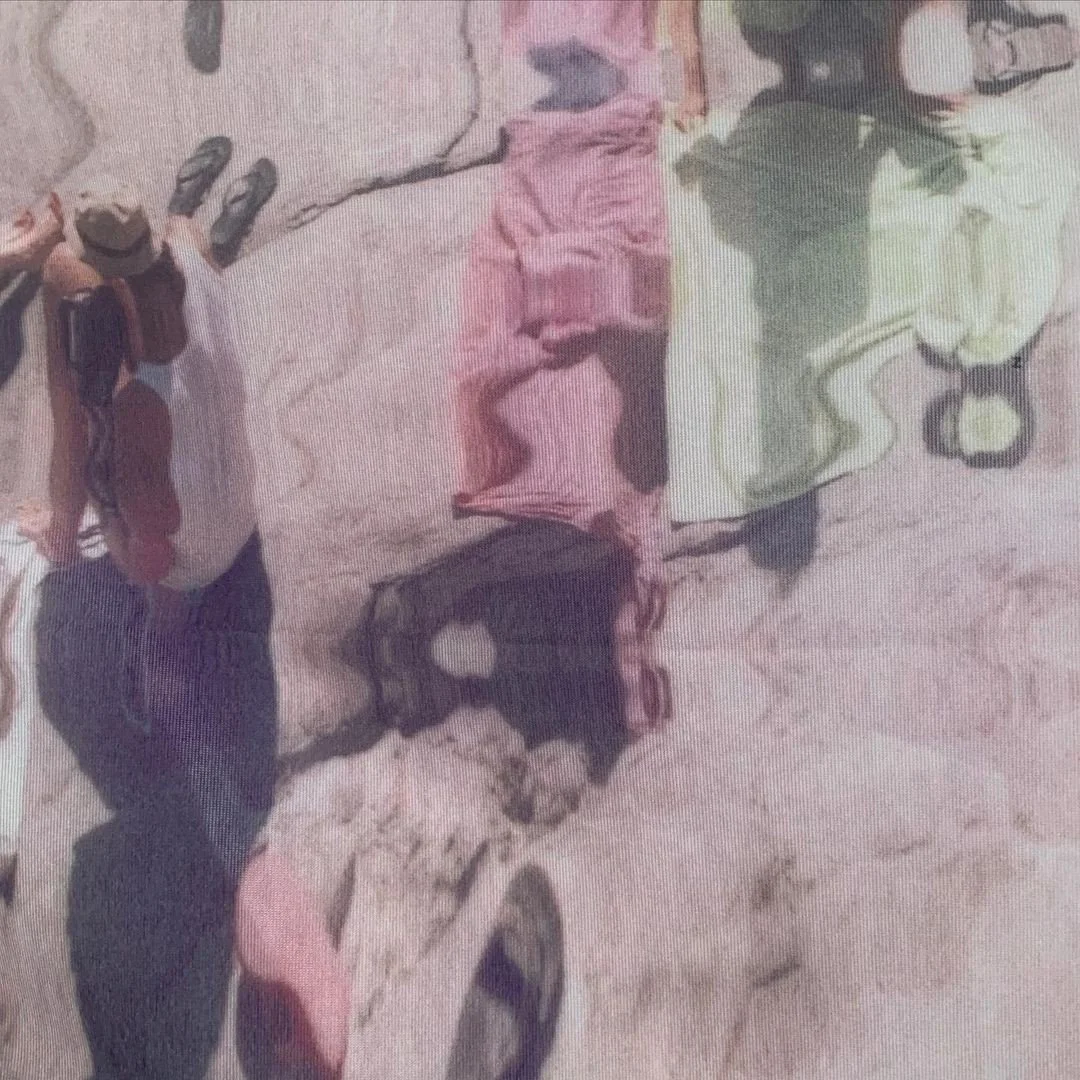Preparing for a Psychedelic Experience: Somatic Practices and Addressing Common Fears
Introduction: Why Preparation Matters
Psychedelic experiences have the potential to unlock profound insights and catalyze healing, but they can also bring up challenging emotions, physical sensations, and fears. Preparing intentionally—especially through somatic practices—can help create a sense of safety and openness, allowing the experience to unfold with greater ease and depth.
This article focuses on somatic preparation for psychedelic experiences while addressing common fears. By understanding and connecting with your body before a journey, you can build a solid foundation for whatever arises.
Why Is Somatic Preparation Important?
1. Psychedelics Heighten Physical Awareness
During a psychedelic journey, bodily sensations often become more pronounced. A tightness in the chest might feel amplified, or a tingling in the hands might take on symbolic meaning. Familiarizing yourself with your body beforehand can make these sensations less intimidating and more insightful.
2. The Body Anchors You
When emotions or thoughts become intense, the body provides an anchor to the present moment. Somatic preparation equips you with grounding tools to navigate difficult or overwhelming moments.
3. A Regulated Body Supports a Regulated Mind
A calm, regulated nervous system before the journey increases your capacity to explore and process the experience without becoming overwhelmed.
It’s okay to be Nervous
Feeling nervous or fearful before a psychedelic journey is entirely normal. Psychedelics often involve confronting the unknown, which can feel intimidating. Here are some common fears and ways to reframe them:
1. Fear of Losing Control
Many people worry about losing control of their thoughts, emotions, or behaviors during a psychedelic experience. This fear often stems from a natural desire for safety and stability.
Reframe:
Psychedelics amplify what’s already present; they don’t create something out of nothing. By preparing somatically, you can build tools to navigate intense moments.
Letting go of control can also be an opportunity for growth and self-discovery.
2. Fear of Overwhelming Emotions
The possibility of revisiting past traumas or encountering deep sadness can feel daunting.
Reframe:
Emotions are temporary and often arise to show you something valuable about yourself.
With somatic tools, you can regulate your nervous system and stay grounded as emotions move through you.
3. Fear of the Unknown
Not knowing what will happen during a journey can evoke anxiety.
Reframe:
The unknown is where growth and insight often lie. By grounding yourself in the present moment, you can meet the experience with curiosity rather than fear.
Having a clear intention can provide a sense of direction, even in unfamiliar territory.
Somatic Preparation Practices
1. Build a Connection with Your Body
Developing body awareness before your journey helps you recognize and interpret physical sensations when they arise.
Practice: Body Scan
Lie down or sit comfortably.
Close your eyes and slowly bring attention to each part of your body, starting with your feet and moving upward.
Notice areas of tension, ease, or sensation without judgment.
2. Practice Grounding Techniques
Grounding helps create a sense of safety and stability, especially if the experience feels overwhelming.
Practice: Feet on the Ground
Stand or sit with your feet flat on the floor.
Notice the texture and pressure where your feet meet the ground.
Imagine roots extending from your feet into the earth, anchoring you.
3. Engage in Breathwork
The breath is a powerful tool for regulating emotions and staying present.
Practice: Box Breathing
Inhale for 4 counts.
Hold the breath for 4 counts.
Exhale for 4 counts.
Hold the exhale for 4 counts. Repeat several times.
4. Release Tension Through Movement
Movement helps release stored tension and opens up space for the experience to flow more freely.
Practice: Gentle Shaking
Stand with your feet hip-width apart.
Gently shake your hands, arms, and legs. Gradually let the shaking spread to your whole body.
Let it feel natural, playful, or intuitive.
5. Set a Somatic Intention
Aligning your body with your intenton prepares you to approach the journey with clarity.
Practice: Movement with Intention
Reflect on your intention (e.g., “I want to cultivate self-compassion”).
Close your eyes and allow your body to move in a way that feels connected to that intention—this might look like swaying, stretching, or a simple gesture like placing your hand on your heart.
Practical Tips for Pre-Journey Care
1. Create a Comfortable Environment
Choose a safe, quiet space where you feel at ease.
Prepare soft lighting, blankets, and grounding objects like a favorite stone or photo.
2. Stay Hydrated and Nourished
Eat a light, nourishing meal a few hours before the journey.
Avoid heavy or greasy foods that might cause discomfort.
3. Journal Your Fears and Intentions
Writing down your fears can help externalize them, making them feel less overwhelming. Pair this with clear intentions to guide your journey. You can even make an audio or a video recording of yourself talking about your worries and fears. Listen or watch it after you record it, and journal further about what hearing or seeing yourself talk about elicits in you.
Conclusion: Preparing for Transformation
Preparing somatically for a psychedelic experience isn’t just about minimizing fear—it’s about creating a foundation for transformation and insight. By building awareness, grounding, and regulation skills before your journey, you can navigate the experience with curiosity and resilience.
Fear is natural and wise, these powerful substances demand respect. Fear also doesn’t have to control your experience. With intention and somatic tools, you can meet both the challenges and the revelations of a psychedelic journey with openness and grace.
Ready to Explore Somatic Practices for Preparation and Integration?
Read more about my work and approach.




